From around 1980 to 2010, the movement to reclaim old, abandoned hills and fields that no one had set foot on for farming, etc. brought back hundreds of hectares of land for agricultural production, especially for growing dragon fruit, which was hot in terms of area and price in those years.
Here and there, the pioneers also uncovered many groups of Champa temples and towers and strangely shaped rocks, which were the products of religion and belief more than a thousand years ago. We can mention the Champa temples and towers discovered with outstanding values in terms of architectural history and age in the reclamation movement, such as the Po Ptao Yang Tom tower group, Lang Go, Dai Thanh, Ham Thanh, Binh Tan, Ham Cuong, etc. These places are scary to hear because of the names that people often call "brick kilns", "crematoriums" or "Ma Tan" areas... in general, referring to mounds of earth and bricks in desolate, gloomy places that few people visit.
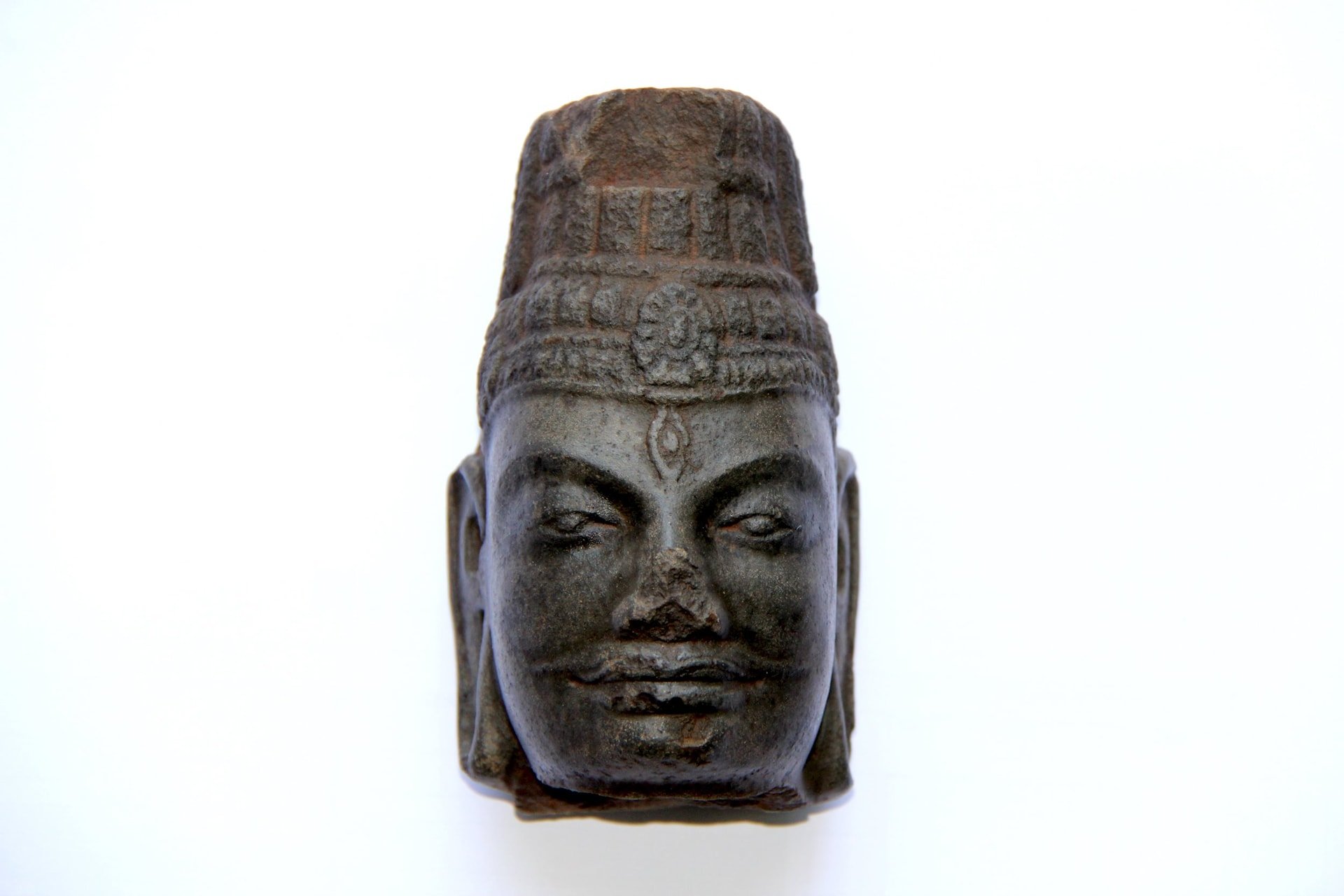
Group of towers named Go Village
In the years 1985-1986, like the land reclamation people everywhere in the province. A group of people from far away in Bac Ninh province also freely migrated to reclaim the mountainous area of Dan Hoa village, Thuan Hoa commune, Ham Thuan Bac district today. The place reclaimed for settlement was a forest of trees growing again such as: ironwood, purple-flowered lagerstroemia, cypress, bodhi... and also low, barren forests that were not strong enough to grow and develop, due to lack of nutritional conditions. The vestiges of the primeval forest are still quite clear, with large ancient tree stumps that took several days to burn completely.
Starting to reclaim this area with a group of pioneer households including Mr. Quyet, Mr. Khanh, Mr. Chu, Mr. Dinh, Mr. Khoa, Mr. Chieu... After many days of clearing trees and burning, people discovered a cluster of towers emerging from mounds of earth, brick mounds and vines. The cluster of towers consists of a large tower and many small towers around it. The towers collapsed a long time ago, covered with bushes and mounds of earth and bricks. After the discovery, households in this area used the scattered bricks around to build an altar inside the large tower and regularly came to worship and burn incense here according to their own customs. With gratitude to the ancient generations of Cham people who had reclaimed the land, creating for them the foundation of today's life, both materially and spiritually.
The pioneers recounted: Next to the large tower, there was a dark green stone block (according to the pioneers' description, that stone block could be the Linga-Yoni altar). Several years after the discovery of the tower group, a group of strangers often visited the tower area. After that, the stone block was taken away, along with traces of digging in many places in the main tower. In another tower, in front of the main tower, a hole about 4 meters deep and more than 1 meter in diameter was dug. Up to now, people have filled it many times but the mouth of the hole is still quite deep. They took away the things that the Cham people buried there.
The god in the tower was very sacred. Many pioneers at that time said: When they saw many large bricks scattered around the tower cluster, some people took them home to use. After a while, they had bad dreams about them and their families. Many people saw this and told each other to bring all the bricks back to their original place.
Mr. Nguyen Van Dinh and Mr. Nguyen Van Khoa, who are currently residing near the tower area, said: In those years, at the Quao River irrigation construction site, there were many bulldozers working on the road here to get soil to build the dam. When the bulldozers were near the tower cluster, they suddenly stopped. The next day, after finishing the repairs, they continued to bulldoze, but the machine also stopped. After this incident, everyone guessed that something was happening at the tower cluster. Then they moved the machines to another location and they still worked normally.
Once the towers were found, everyone knew they were Champa towers, but they needed a name to distinguish them from other groups of temples and towers. Many people and many places did not know. I went to Ma Lam and Ham Phu, where many Cham people from different clans had lived for a long time, to ask. No one knew about the whereabouts of the towers. Some elderly people in the above localities said: They also heard that nearby there was a Cham village that worked in agriculture and pottery. Due to historical changes and wars, the whole village gradually left for other places hundreds of years ago. From that fragment, the author of this article named the towers Lang Go towers.
From then on, the tower group was named Lang Go tower. From here, this name became a keyword when referring to Champa towers or research on Cham archaeology, history and culture in Binh Thuan.
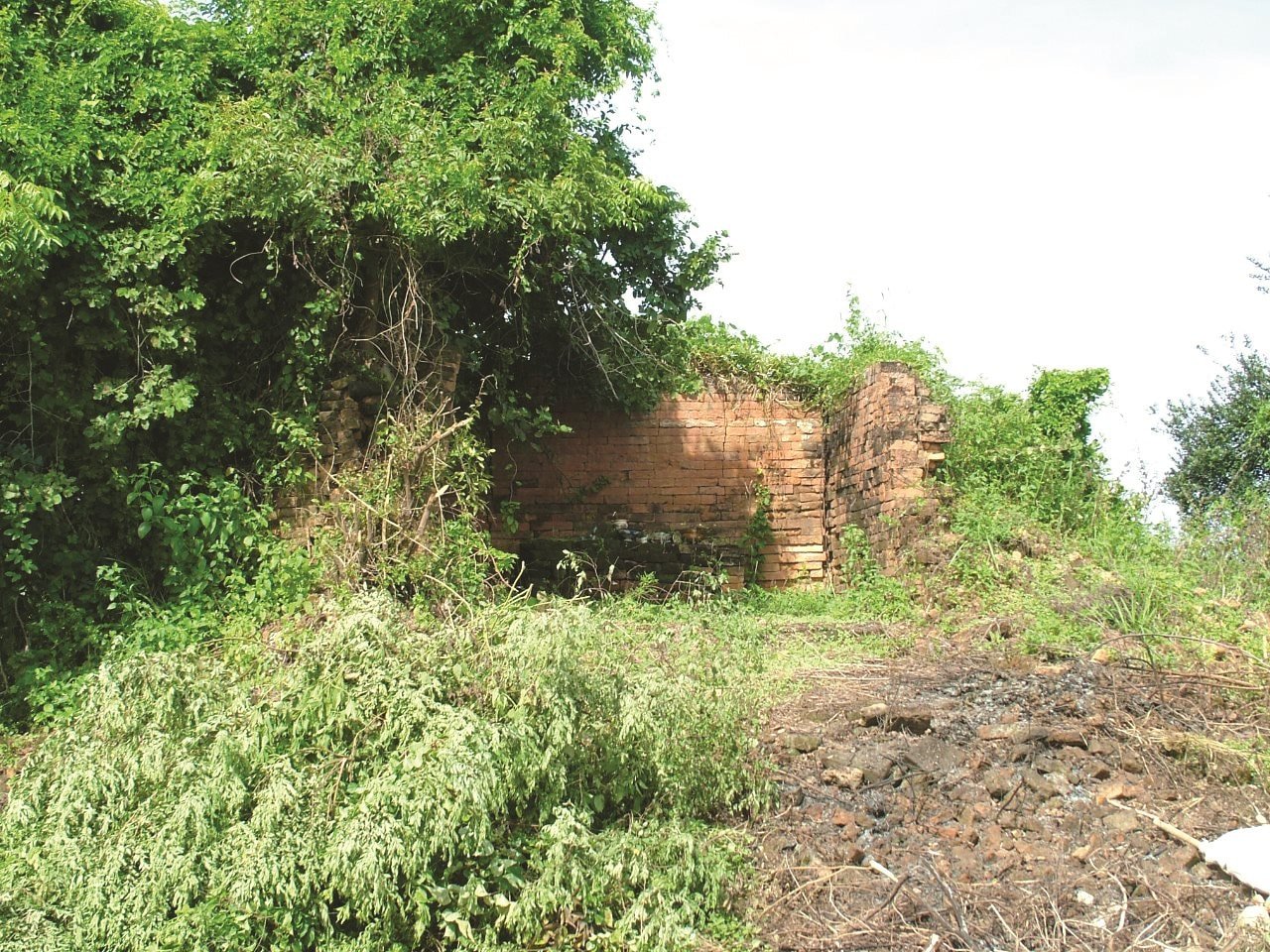
The god in the tower has been there for over a thousand years.
Surveying and excavating many times, each time we prioritized the excavation work from the families of the former landowners who are now protecting the tower area. From a few towers in the mound, we found many towers. The most obvious are 5 foundations, some of which still have the original body and structure. The rest have not been identified because the bricks have lost their connection and are heavily rotten. In particular, there is a tower foundation 18.30 m long including the door, 4.7 m wide. In Binh Thuan, there has never been a Cham tower with a tower foundation of such a large size. According to scientists, it is a type of long house dating back to early times called Mandapa, which the ancient Cham people used as a place to welcome pilgrims and receive offerings.
After many surveys and excavations, because we did not have enough funds to excavate at once, we only selected a point to find the architectural plan and the level of degradation to reinforce and repair against further collapse. In 2011, during the clearing of trees around the main tower and archaeological excavation, a stone statue of Shiva was discovered, and nearby, the forearm and arm of this god were also collected. Based on the sculptural features, archaeologists determined that the head of Shiva in Lang Go tower dates back to the 9th century, the same period as the tower cluster. Thus, Shiva has reigned in the tower cluster for more than a thousand years.
It has been 40 years since the land reclamation, many people discovered that the first cluster of Cham towers had been lost due to age. The young men at that time are now nearly 70 years old. Recalling the land reclamation stories of the past, they do not forget the arduous days of reclaiming land to have land for farming, raising livestock and living like today.
Talking about the discovery of Cham towers in the late 19th century and the first half of the 20th century, in the research and publication of French scientists on Cham architectural relics in Binh Thuan, only 2 groups of towers were found, Po Dam and Po Sah Inư. Meanwhile, our people reclaimed land, cleared trees, and cleared land for farming and cultivation, and discovered more than a dozen groups of Cham towers along with many valuable relics. It must be said that our people are really good.
Source: https://baobinhthuan.com.vn/nhung-nguoi-khai-hoang-lam-he-lo-nhom-thap-co-128915.html











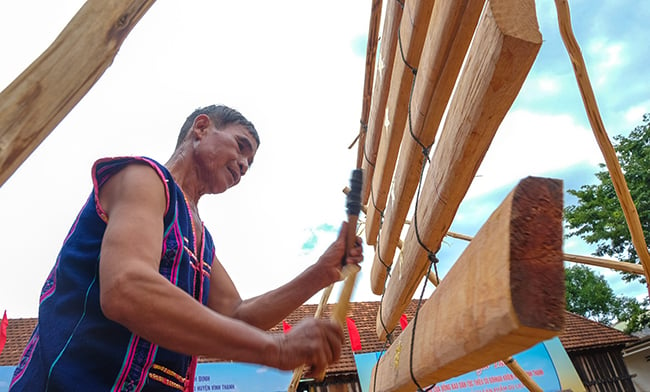
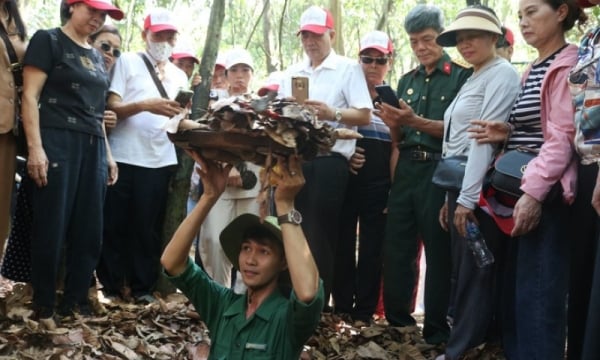
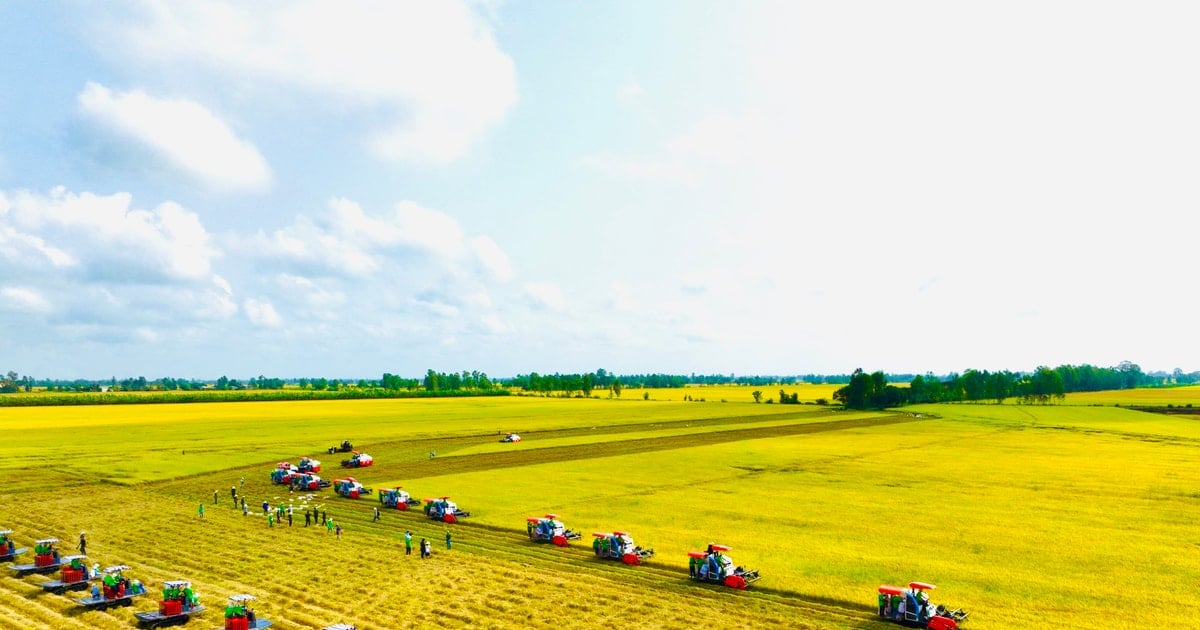


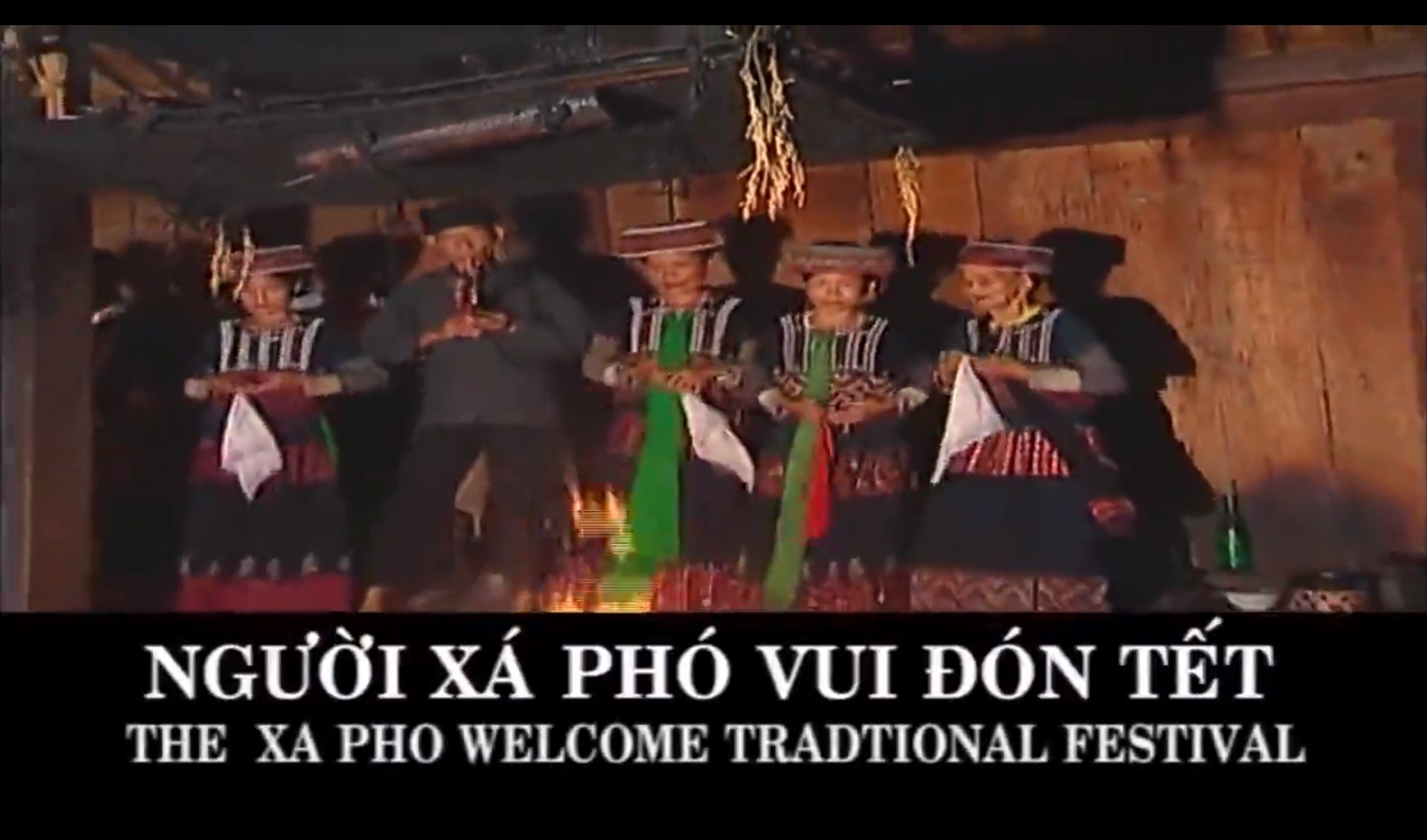


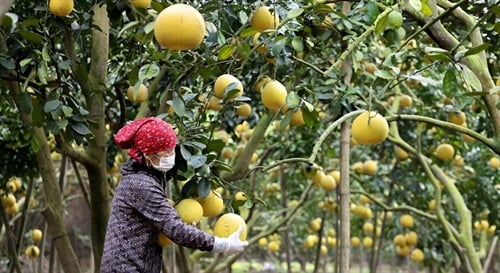
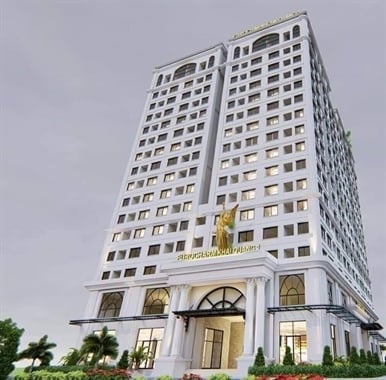


![[Photo] "Beauties" participate in the parade rehearsal at Bien Hoa airport](https://vstatic.vietnam.vn/vietnam/resource/IMAGE/2025/4/11/155502af3384431e918de0e2e585d13a)








































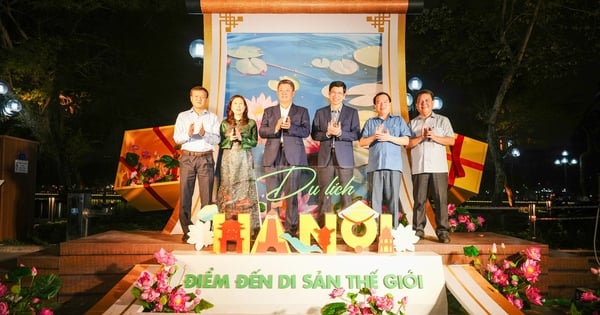
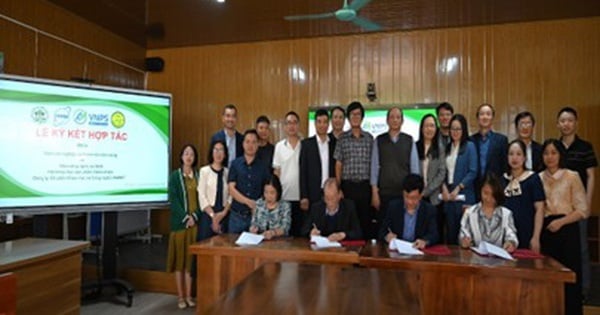








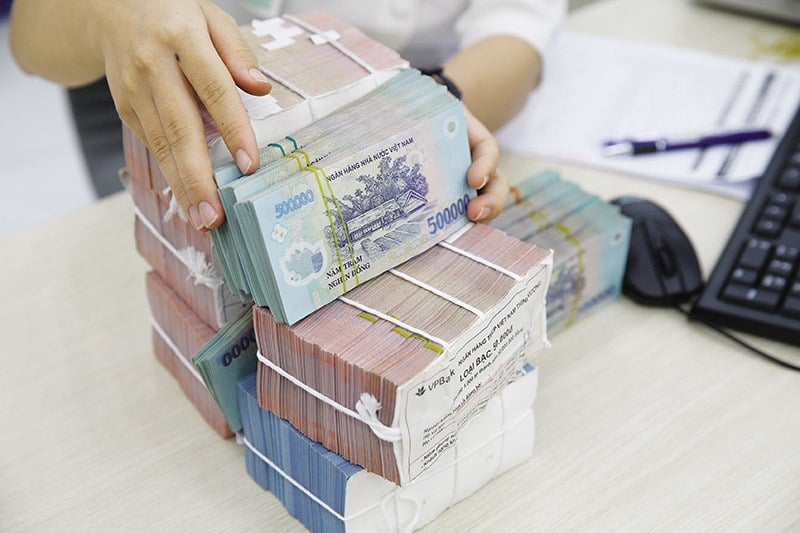
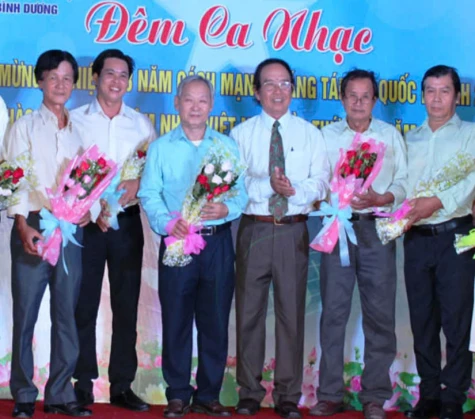









Comment (0)